Basic premise:
There is a basic gap in services that are provided to the market, this is evident in two ways, firstly, all "home cloud" solutions appear to be not really cloud based at all (as I would see the definition of a cloud based service).
The definition that I would use to define a cloud based offering is not simply one that exists in the internet, but on that resiliently exists "anywhere" in the internet.
As the Internet is drawn as an amorphous blob/cloud on networking diagrams to suggest that the route taken to a physical host can go practically anywhere, so it seems that a cloud service must be able to be practically anywhere. - it cannot simply be a fixed physical host at a single location. -that's physical hosting, not cloud hosting!
Companies that offer enterprise level cloud hosting will generally have a set-up where there are host machines that runs some service, (HTTP/FTP etc). -usually more than one machine working in a clustered set-up such that general OS issues do not cause downtime.
More peculiar is that the machines aren't real, it's a virtual machine that runs on a cluster of hyper-visors, if one physical machine fails, then the machine (and hence services) fail over seamlessly to an alternative machine.
there are multiple power connections, backup generators, multiple internet connections from multiple providers.
If a plane crashes into the data centre, everything is replicated to a datacentre down the road. so downtime is still limited, data is still safe.
For people who buy the services there is no worry about accessing their files as their files do exist "somewhere in the cloud" -not just at one physical site.
A lot of the "home cloud hosting solutions" just aren't cloud solutions, the are traditional single machine hosting, where your home broadband may fail, power may be cut, pets may chew through cables, leaving you unable to access your files.
The proposed solution to this problem will be to create a "real home cloud" solution, this project will be largly software driven creating some clinet/server software that enables machines to join in a network and replicate files amongst themselves.
people can put very low power file servers at their home and at their parents house, friends houses etc, small businesses can have file servers at the directors house, and at the office to ensure that offsite backups are constantly taken and that those files are constantly available.
Users can choose to create private clouds for their own files, or users can choose to join or create public clouds for the largescale districution of ideas to the pubic domain.
Why do I want to do this?
I do not believe that there is an adequate provision on non-corporation run repositories for physical objects. Users have very little protection about change of user and terms of service, and can find themselves helping to create valuable intellectual property that a company will call their own and use to their advantage.
This is typified by the "thingiverse issue" whilst I have no strong views on the thingiverse, or indeed the buyout of Makerbot by Strasys, the changing of terms on the thingiverse, coverage has shown that a lot of people do [have strong views]
People have pulled designs, uploaded useless designs in place or working designs etc as a protest, other manufacturers are attempting to re-create the thingiverse but tied to their specific brand of printer. Third party companies are attemptting to fill the gap in the market (lack of non vendor hosting sites, however there is a perception that so long as the hosting site is a company there is always the option that they will change their terms of use. get bought out or get shut down.
My project has two major goals.
1, To bring large scale distributed "cloud" services to home users.
2, To use that technology created to create a large scale community driven, community hosted project repository. -where people may store projects and design files.
This sounds like a software project?!
These is undoubtably...
 Danny
Danny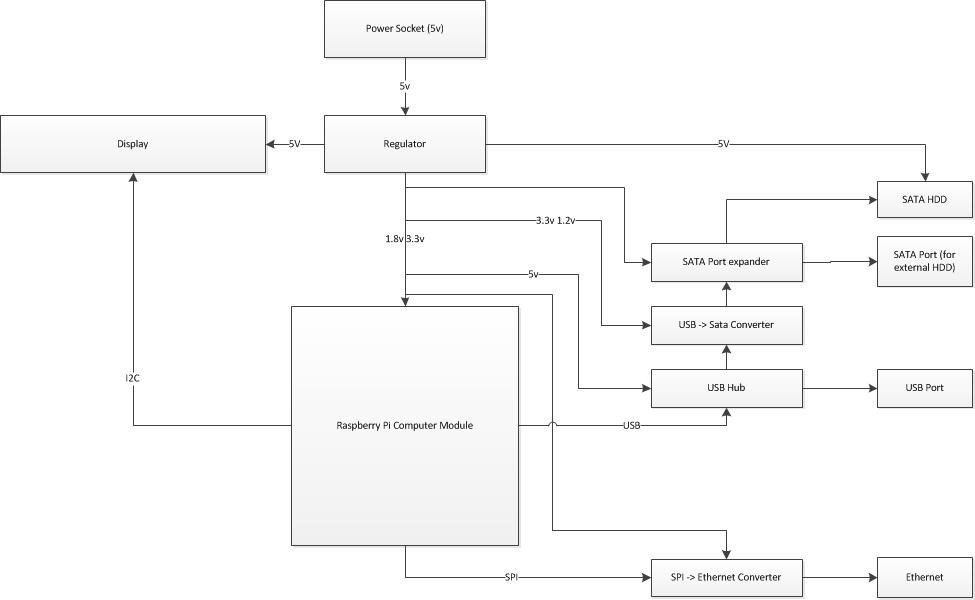
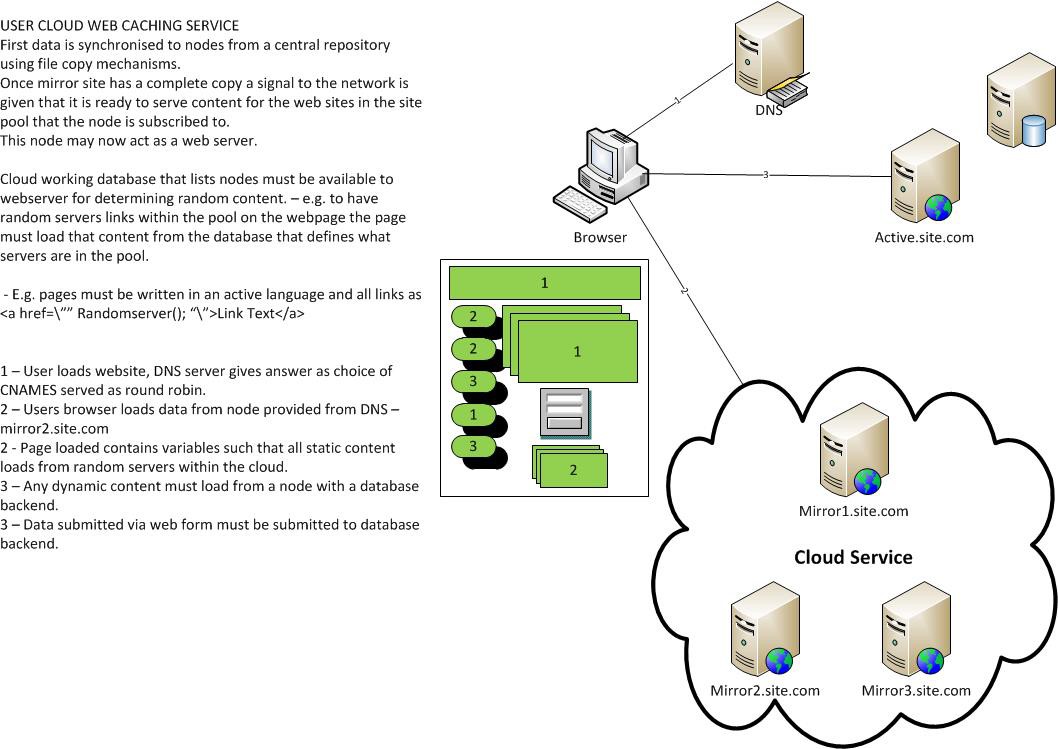





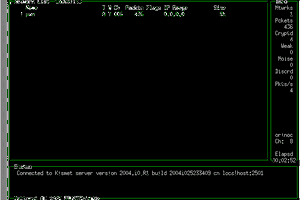
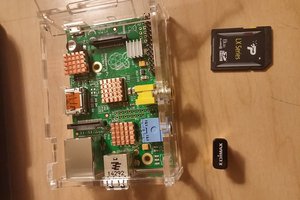
 Thomas
Thomas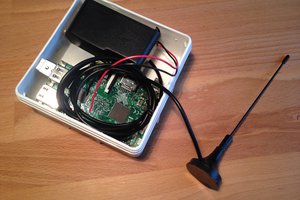

 Chris
Chris
I am working on a new project and have some issue with my cloud so I will take guide from this idea and implement it on my new house removals project as you can see the details here.